Introduction: Why Every Homeowner Needs a Plumbing Toolkit
Plumbing issues rarely announce themselves in advance. A dripping faucet, a clogged drain, or a leaking pipe can disrupt your day and, if left unchecked, lead to costly repairs. While some plumbing tasks require professional expertise, many common problems are manageable with the right tools and a bit of know-how. Whether you’re a new homeowner or simply looking to take charge of basic repairs, having a set of essential plumbing tools is a game-changer. This guide is designed to help you build a reliable plumbing toolkit, understand what each tool does, and know how to use them effectively and safely. From simple wrenches to specialized gadgets, we’ll cover the must-haves, smart extras, and maintenance tips to keep your tools in top shape. By the end, you’ll have the confidence and knowledge to tackle minor plumbing issues before they escalate, saving time, money, and stress—while also knowing when to call in a professional. Let’s dive into the world of plumbing tools every homeowner should own.
Understanding the Basics: What Makes a Plumbing Toolkit Essential?
Before assembling your toolkit, it’s useful to understand why certain tools are considered essential. Plumbing systems use a variety of materials and connections, from copper and PEX pipes to threaded fittings and compression joints. The right tools make it possible to work on these systems without causing damage or voiding warranties. Equipping yourself with the basics also empowers you to perform preventative maintenance, respond quickly to leaks, and avoid unnecessary service calls.
Core Plumbing Tools for Every Homeowner
Adjustable Wrench
An adjustable wrench is indispensable for tightening and loosening nuts and bolts found on faucets, supply lines, and other fixtures. Choose a high-quality, smooth-jawed wrench to avoid marring chrome surfaces. A 6- to 10-inch adjustable wrench is ideal for most household jobs.
Pipe Wrench
The pipe wrench is the go-to tool for gripping and turning pipes. Its serrated jaws provide a strong hold on rounded surfaces, making it ideal for assembling or disassembling threaded iron pipes. For most homeowners, a pair of 10- and 14-inch wrenches will cover typical needs.
Slip-Joint and Tongue-and-Groove Pliers
Slip-joint pliers have adjustable jaws for gripping small and medium objects, while tongue-and-groove pliers (such as Channellocks) offer a wider grip range and are perfect for holding pipes steady while you work. Both are essential for tasks like removing drain traps or tightening supply line nuts.
Plunger
No toolkit is complete without a plunger. For toilets, a flange plunger (with a rubber extension on the cup) creates a better seal, while a standard cup plunger is best for sinks and tubs. A quick, forceful plunge can often dislodge minor clogs without chemicals.
Plumber’s Tape (Teflon Tape)
Also known as PTFE tape, plumber’s tape is wrapped around threaded pipe joints to prevent leaks. It’s a simple, inexpensive solution for ensuring watertight connections on showerheads, faucets, and compression fittings.
Pipe Cutter
For homeowners with copper plumbing, a pipe cutter provides clean, straight cuts without crushing the pipe. Choose a cutter that matches your pipe diameter. For plastic pipes, a ratcheting plastic pipe cutter is equally useful.
Basin Wrench
Sink faucets are often mounted in hard-to-reach spaces. A basin wrench features a long shaft and a spring-loaded, pivoting jaw, making it possible to tighten or loosen nuts behind sinks without scraping your knuckles or disassembling cabinets.
Drain Snake (Hand Auger)
When a plunger isn’t enough, a hand-crank drain snake can dislodge tougher clogs in sinks, tubs, and showers. These flexible cables reach deep into pipes to break up blockages, saving you from harsh chemicals or a service call.
Bucket and Old Towels
Plumbing repairs often involve spilled water. Keep a sturdy bucket and absorbent towels on hand to catch drips, minimize mess, and clean up quickly.
Smart Extras: Tools That Take Your Repairs to the Next Level
Hacksaw
Cutting through metal or plastic pipes, bolts, and screws is sometimes necessary. A hacksaw with replaceable blades is flexible enough for tight spaces and multiple materials. Always use a sharp blade and wear safety goggles.
Compression Sleeve Puller
Compression fittings are common on shutoff valves and supply lines. When these need replacing, a compression sleeve puller makes removal quick and minimizes damage to copper pipe.
Plumber’s Putty
This flexible sealant is ideal for creating watertight seals under faucets and drains. It stays soft and pliable, making it easy to adjust or remove fixtures later.
Flashlight or Headlamp
Many plumbing jobs occur in dimly lit spaces. A bright, hands-free light ensures you can see fittings clearly, reducing mistakes and accidents.
Measuring Tape and Marker
Accurate measurements prevent wasted materials and ensure a proper fit for pipes, fixtures, and repairs. A permanent marker helps you mark cut lines or indicate problem areas.
How to Choose Quality Plumbing Tools
Not all tools are created equal. Cheap or flimsy tools may slip, break, or damage plumbing fixtures. When investing in plumbing tools, consider the following criteria:
- Material: Forged steel or chrome-vanadium tools offer strength and corrosion resistance.
- Grip: Ergonomic, non-slip handles reduce hand fatigue and improve control.
- Brand Reputation: Established brands often provide better warranties and customer support.
- Size Variety: A selection of tool sizes ensures you’re prepared for different jobs.
Visit a hardware store to handle tools in person, if possible. Well-balanced, solid-feeling tools will serve you best in the long run.
Building Your Plumbing Toolkit: Starter Sets and Storage Tips
Starter Kits vs. Custom Selection
Home improvement stores offer pre-assembled plumbing toolkits, which are convenient for beginners. However, these sets may include unnecessary items or omit crucial tools. Consider starting with the essentials listed above and adding specialized tools as your skills and plumbing system demand.
Organizing Your Tools
- Toolbox: A sturdy, waterproof toolbox keeps tools organized and ready to go. Look for one with a removable tray for small parts.
- Wall Storage: Pegboards and magnetic strips let you hang frequently used tools in your garage or utility room for easy access.
- Labeling: Label tool compartments or bags so you can quickly find what you need during an emergency.
Using Plumbing Tools Safely and Effectively
Preparation
Before starting any plumbing work, shut off the water supply to the affected area. Gather all tools and materials to avoid unnecessary trips mid-repair. Use protective eyewear and gloves when cutting or handling pipes.
Tool Maintenance
- Wipe down tools after use to prevent rust and corrosion.
- Lubricate moving parts (such as wrench jaws) periodically.
- Replace worn-out blades or parts promptly.
Working Smart
- Use the right size tool for the job—forcing an ill-fitting tool can damage plumbing fixtures.
- Apply plumber’s tape correctly: wrap it clockwise around threads to ensure a tight seal.
- When using a drain snake, rotate it gently—forceful cranking can damage pipes.
Common Plumbing Tasks You Can Tackle with These Tools
- Fixing Leaky Faucets: Use a wrench and pliers to remove faucet handles, replace washers or cartridges, and reassemble.
- Unclogging Drains: Start with a plunger; if that fails, use a drain snake to clear the blockage.
- Replacing Showerheads: An adjustable wrench and plumber’s tape make quick work of upgrading or fixing a leaky showerhead.
- Repairing Toilet Fill Valves: Use pliers and a wrench to replace faulty fill valves and stop minor leaks.
- Installing New Supply Lines: Wrenches and plumber’s tape help ensure a leak-free connection to faucets or toilets.
Always consult your appliance’s manual or seek professional advice if you’re unsure about a repair.
When to Upgrade: Investing in Advanced Plumbing Tools
As you grow more comfortable with DIY plumbing, you may want to add advanced tools to your collection:
- Tube Bender: For shaping copper pipes without kinking.
- Pipe Threader: For cutting new threads on existing pipes.
- Power Auger: For clearing severe or deep drain blockages.
- Inspection Camera: For diagnosing hidden leaks or obstructions within walls or underground.
These tools are typically used for larger projects or extensive repairs. Consider renting them for one-off jobs or if you’re not ready to invest in ownership.
Plumbing Tools for Emergencies: Be Prepared
Emergencies like burst pipes or overflowing toilets require quick action. Keep these items accessible:
- Shutoff Key: For turning off your home’s main water valve (if not a simple hand wheel).
- Pipe Repair Clamp: For temporary repairs to stop leaks until a permanent fix is possible.
- Heavy-Duty Gloves: To protect your hands from sharp metal or hot water during urgent repairs.
- Phone Number for a Licensed Plumber: Know when a problem is beyond DIY and get professional help immediately.
Maintaining Your Plumbing Tools: Best Practices
Your toolkit is an investment. Proper care ensures it’s always ready when you need it:
- Clean tools after each use, especially after contact with water or chemicals.
- Store tools in a dry place to prevent rust and deterioration.
- Inspect tools regularly for wear or damage; replace as needed.
- Sharpen cutting tools (like pipe cutters and hacksaws) to maintain efficiency and safety.
Conclusion: Empowering Homeowners with the Right Plumbing Tools
Building a well-rounded plumbing toolkit is an empowering step for any homeowner. With the right tools at your fingertips, you can confidently handle many common plumbing issues—everything from fixing a leaky faucet to clearing a stubborn drain. This not only saves money and time but also helps you maintain your home’s plumbing system in optimal condition. Remember, quality matters: invest in durable tools, keep them organized and well-maintained, and always use them as intended. Equally important is knowing your limits; don’t hesitate to call a licensed plumber for complex repairs or when you’re unsure. By understanding your toolkit and growing your skills, you lay the foundation for a safer, more self-reliant home. Whether you’re tackling your first repair or looking to upgrade your setup, these essential plumbing tools will serve you well for years to come. Take pride in your preparedness, and enjoy the peace of mind that comes from being ready for whatever plumbing challenges may arise.
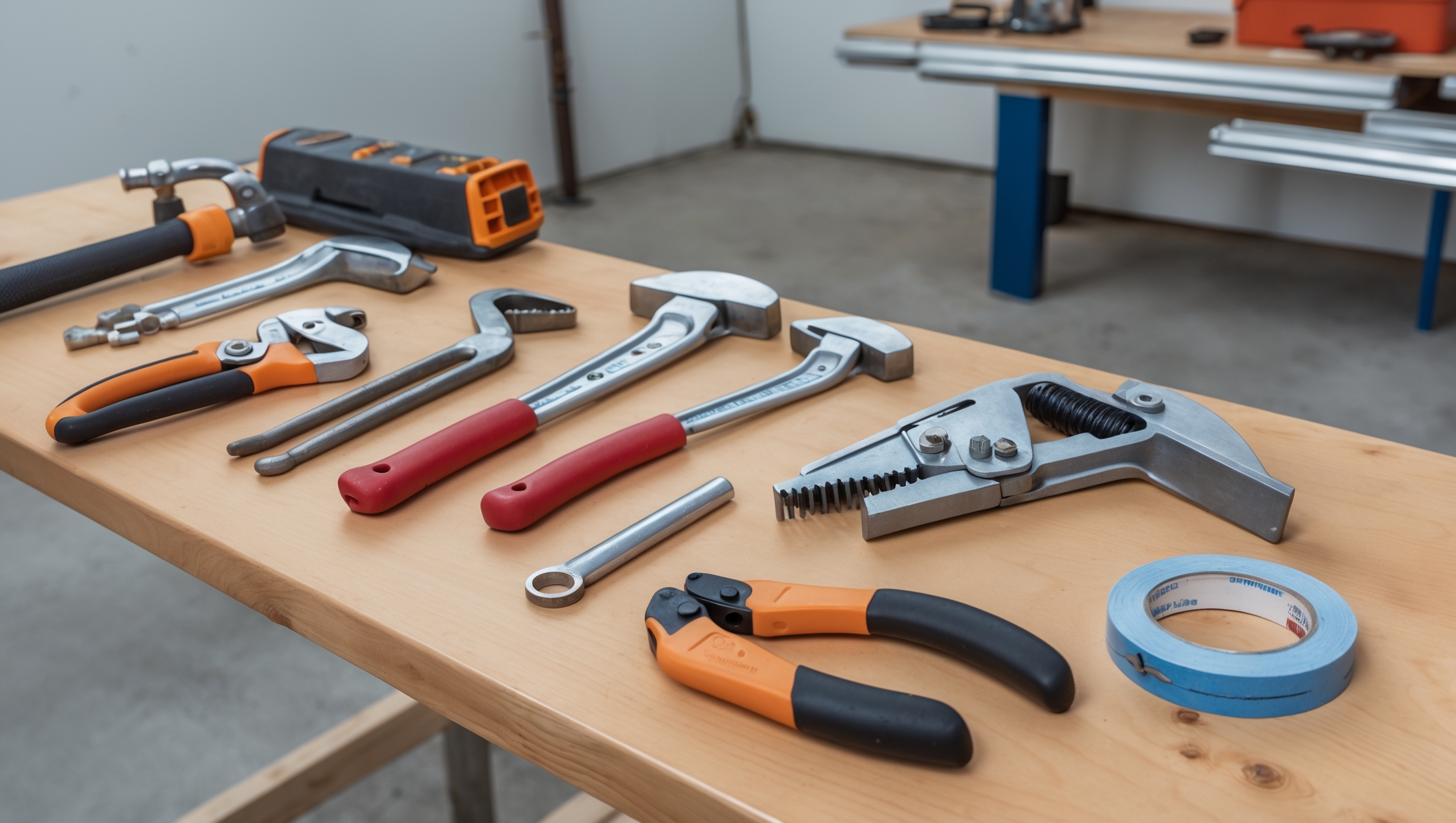



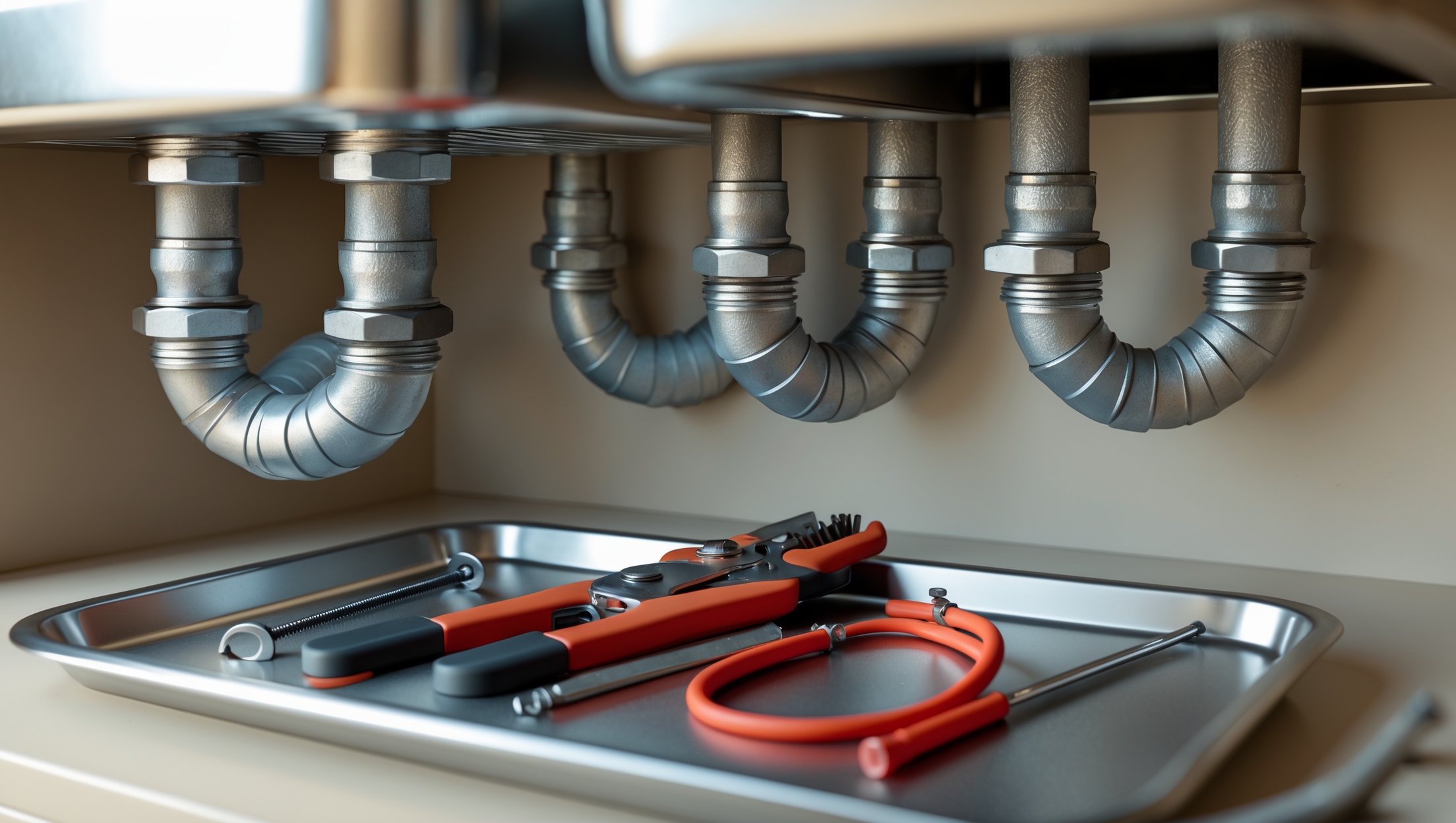
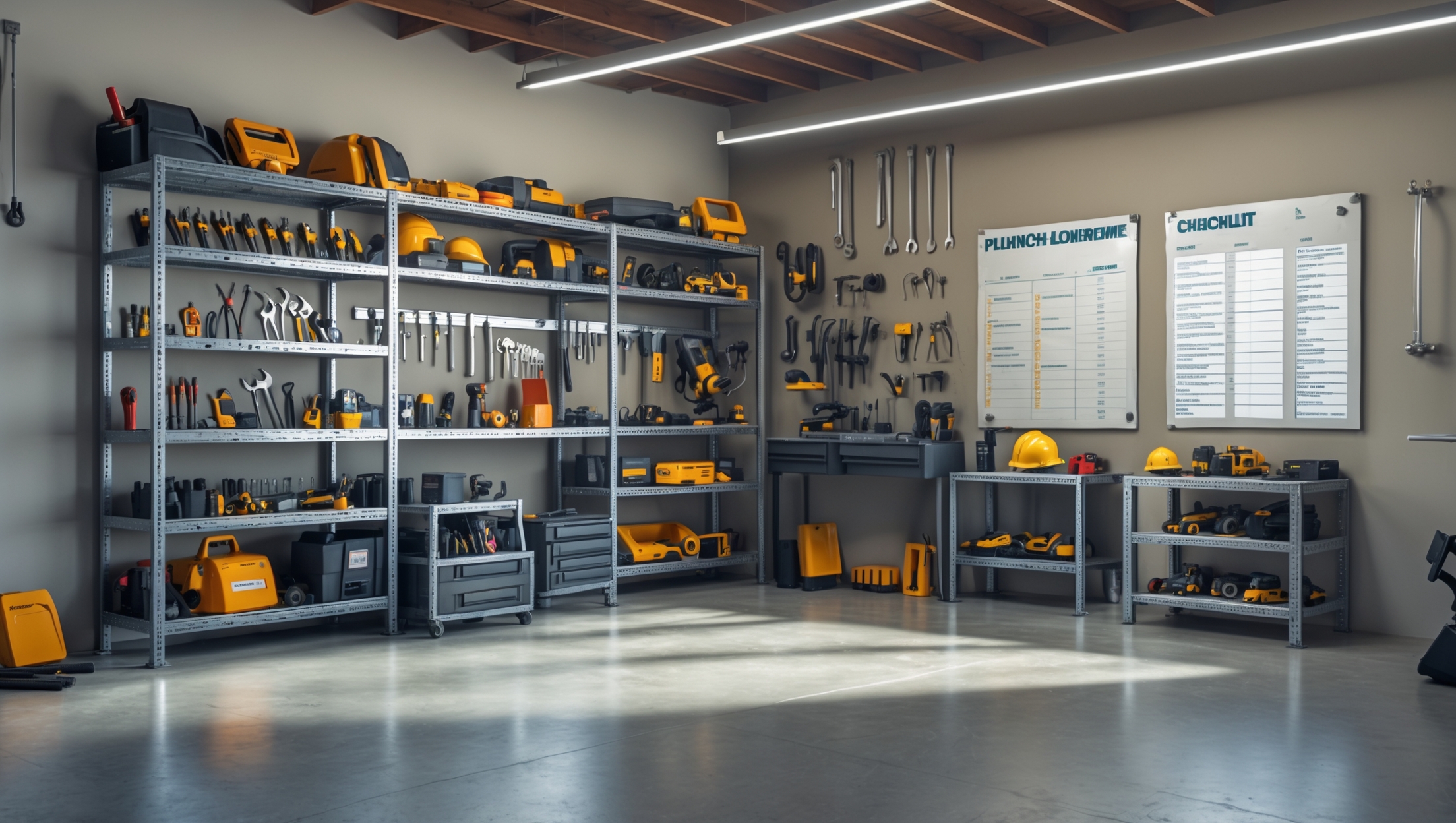


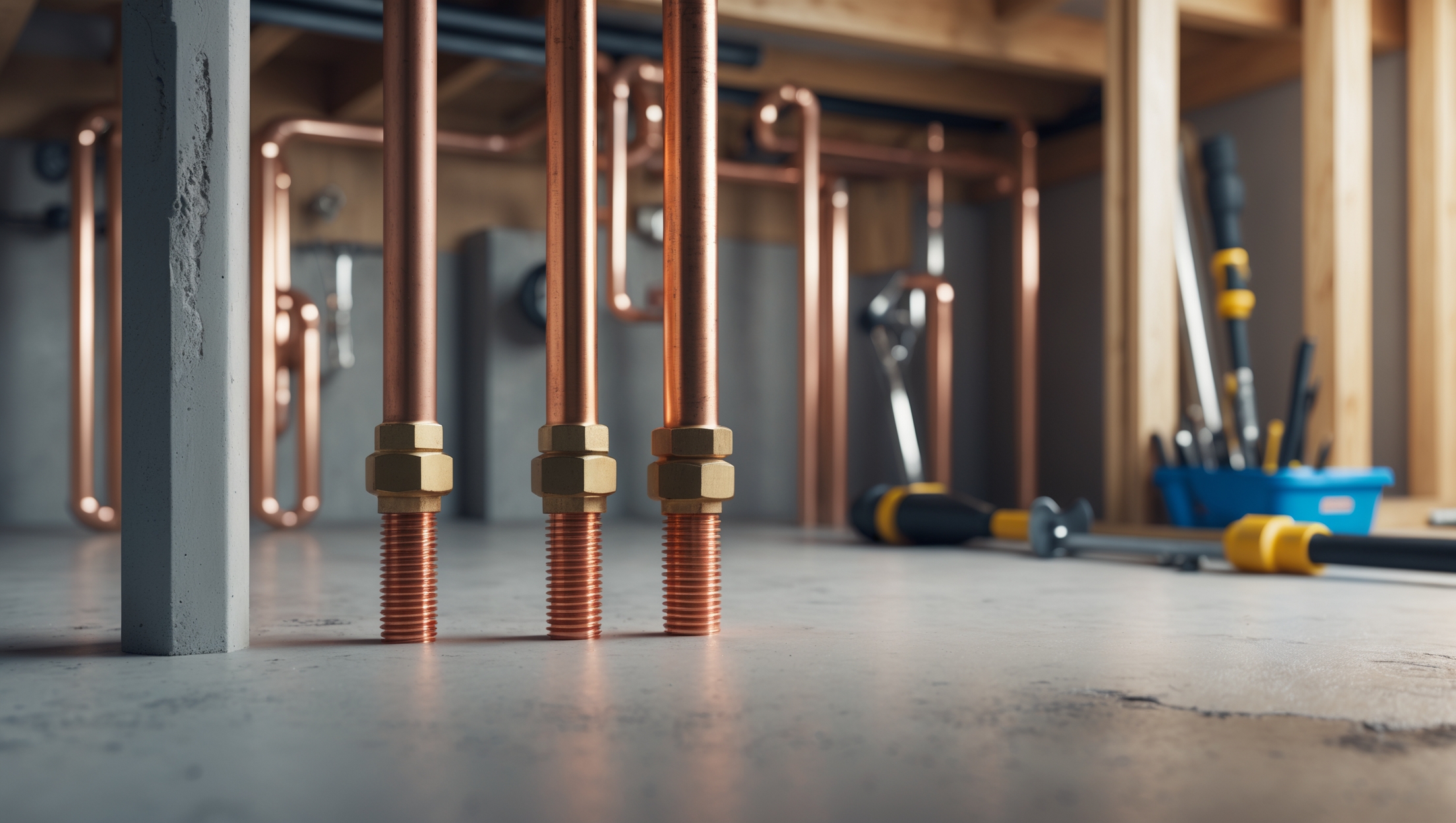
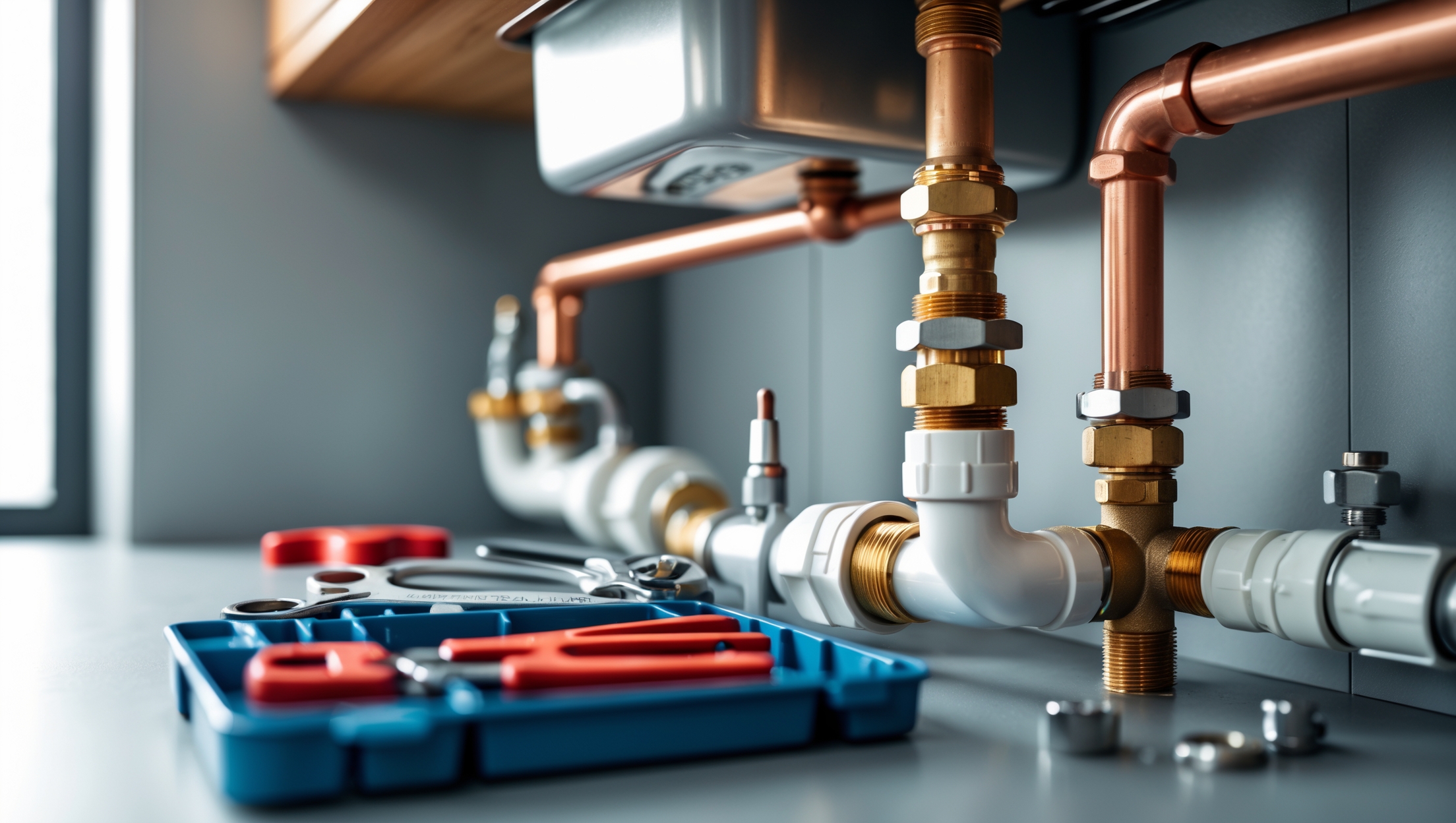
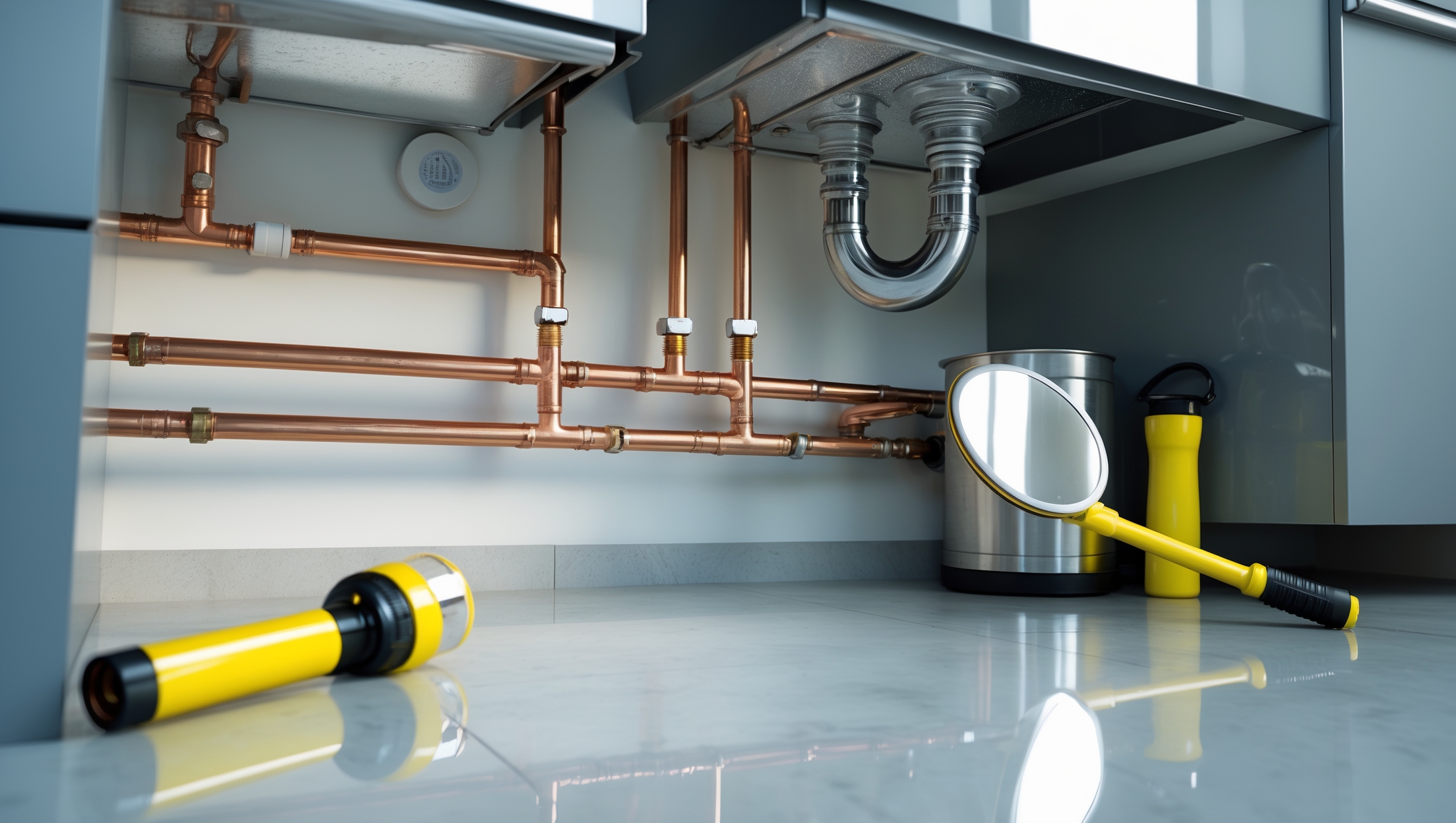
Andrew Hernandez
For someone new to home maintenance, how can I tell when a plumbing issue is simple enough to handle with these basic tools versus when it’s time to call a professional?